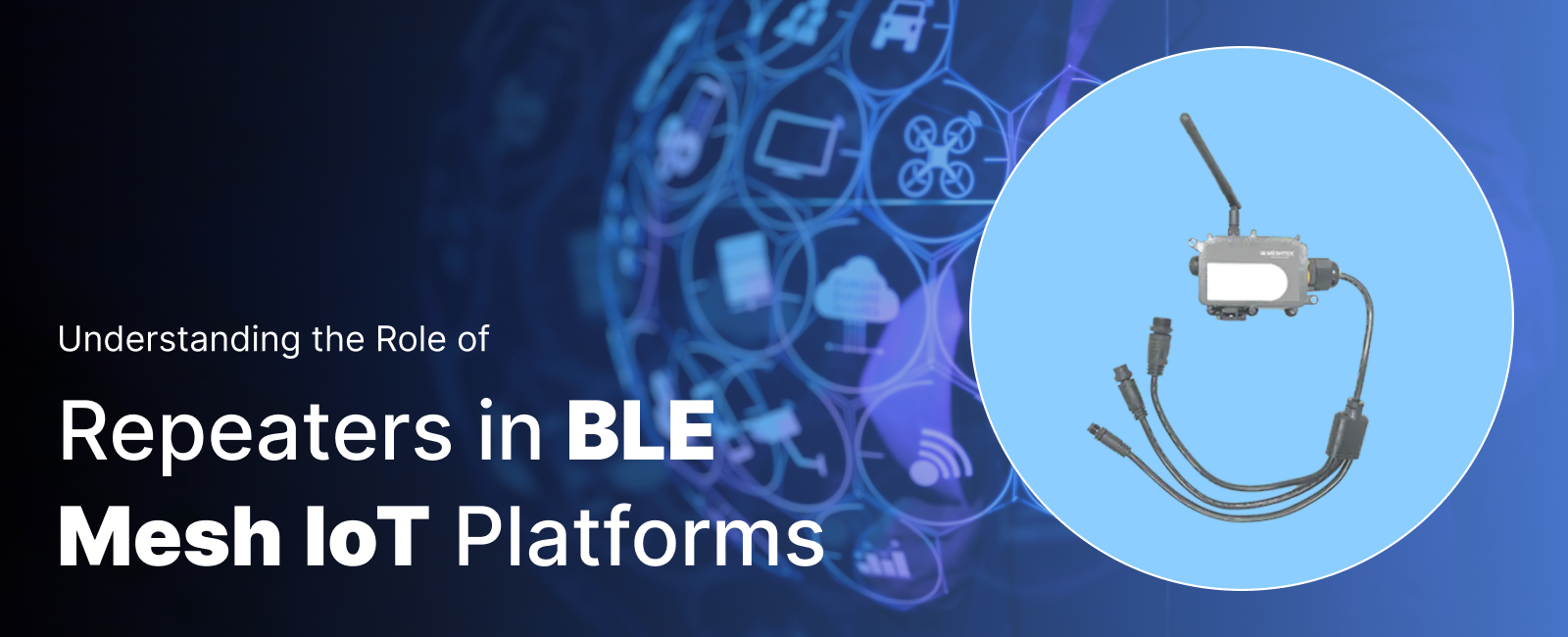In today’s interconnected world, the Internet of Things (IoT) has transformed how devices communicate and interact with each other. From smart homes to industrial applications, IoT solutions have become integral to various aspects of our lives. However, ensuring the reliability and security of these solutions is paramount. Quality assurance (QA) plays a crucial role in guaranteeing that IoT devices and platforms function seamlessly and securely. In this blog, we’ll explore the significance of QA in IoT and delve into the key features that make IoT solutions reliable, using MeshTek’s approach as an example.

Why Quality Assurance Matters in IoT
Quality assurance is essential in IoT for several reasons, as it ensures:
Interoperability
Compatibility:
QA ensures that devices within an IoT ecosystem seamlessly communicate and interact with each other, regardless of their manufacturer or specifications.
Standardization:
Following industry standards and protocols is crucial in QA to ensure that devices from different vendors can work together effectively.
Role of QA:
QA testing verifies that devices adhere to interoperability standards and protocols, ensuring seamless communication and integration within the IoT network.
Data Integrity
Accurate Data Collection:
QA processes ensure that data collected by IoT devices is accurate, consistent, and free from errors.
Data Encryption:
QA verifies that data is encrypted both in transit and at rest, safeguarding it from unauthorized access and manipulation.
Role of QA:
QA testing validates data collection mechanisms and encryption protocols to maintain the integrity and security of IoT data.
Experience the Power of MeshTek’s BLE Mesh Networking Technology
Discover how MeshTek’s revolutionary BLE mesh networking technology can optimize the connectivity of your assets. Simply fill out the form below, and one of our expert IoT platform specialists will reach out to discuss your specific needs and how our solutions can benefit your business.
Scalability
Flexible Architecture: QA testing ensures that the IoT solution’s architecture is flexible enough to accommodate growth and handle increasing numbers of devices and users without sacrificing performance.
Load Testing:
A verifies the system’s scalability to ensure it can handle peak loads and unexpected surges in demand.
Role of QA:
QA testing assesses the scalability of the system, identifying potential bottlenecks and ensuring that the IoT platform can accommodate future expansion.
Reliability
Fault Tolerance:
QA processes test the system’s ability to recover gracefully from errors without disrupting overall functionality.
Redundancy:
QA verifies the implementation of redundancy at various levels to ensure continuity of service in the event of component failures.
Role of QA:
QA testing validates fault tolerance mechanisms and redundancy strategies to ensure the reliability of the IoT platform under various conditions.
Security
Authentication and Authorization: QA ensures that only authorized users and devices can access sensitive data or control critical functions.
Regular Updates:
QA processes validate the implementation of regular updates and security patches to mitigate the risk of vulnerabilities being exploited.
Role of QA:
QA testing assesses the effectiveness of security measures, identifying and addressing potential vulnerabilities to protect the IoT ecosystem from cyber threats.
Self-Healing Network
Automated Recovery:
QA ensures that IoT devices have the intelligence to detect and respond to failures autonomously, allowing the network to automatically reroute traffic or recalibrate itself to restore functionality without human intervention.
Redundancy and Resilience:
QA verifies the implementation of redundancy at both hardware and software levels to maintain continuous operation even in the face of node failures or network disruptions.
Role of QA:
QA testing validates the self-healing capabilities of the network, ensuring its resilience and ability to recover from failures without compromising overall system reliability.
Bi-Directional Network Communication
Two-Way Communication:
QA processes ensure that IoT devices can both send and receive data, enabling more advanced interactions and functionalities.
Real-Time Control:
QA testing verifies that devices can receive commands and updates from the central system, enabling real-time adjustments and control based on changing conditions or user inputs.
Enhanced Data Collection:
QA validates the bi-directional communication, enabling devices to send diagnostic information, status updates, and sensor readings back to the central system for analysis and decision-making.
Role of QA:
QA testing ensures the seamless operation of bi-directional communication, enabling devices to exchange data effectively and facilitating real-time control and data collection.
Conclusion
In the rapidly evolving landscape of IoT, quality assurance is indispensable for ensuring the reliability, security, and performance of connected devices and platforms. By adhering to rigorous QA processes, IoT solution providers can deliver products that meet the highest standards of interoperability, data integrity, scalability, reliability, security, and remote management.
While we’ve discussed these principles in the context of IoT generally, it’s important to note that MeshTek’s approach embodies many of these features in its IoT platform. Whether it’s ensuring seamless interoperability, safeguarding data integrity, or providing robust security measures, MeshTek’s commitment to quality assurance ensures that its solutions meet the stringent requirements of today’s IoT landscape.






